1260 Memorial Drive
Atlanta, Georgia 30316
404-458-1330
All About Weave 101: The Ultimate Weave Glossary
Mikey MoranMost times when we get our hair done we trust the hairstylist because they get paid to do hair, right?
Right, however just because you’re a hairstylist doesn’t mean you know how to do hair.
That’s why it’s important for customers to have some education on the things they purchase.
With this glossary, you no longer have to take someone else’s word.
You will be able to follow along when they discuss weave with you.
Below I will give you a detailed glossary of everything you need to know about weave!

360 Lace Frontal
A 360 frontal covers the entire perimeter of the head.
This frontal is the biggest one yet. The installation time gets cut in half since the frontal does most of the work. Once the tracks get sewn to the middle, the style is complete.
The 360 frontal gets sewn down on all parts except on the edges.
To prevent the frontal from slipping back, use adhesive glue.
Human Hair Bundles
A bundle is a commonly used word in the hair industry that describes how wefts come purchased.
Typically when purchasing hair, it either comes in a plastic packet with the hair held in place or the weft will be rolled together with a ribbon around it making it look like a bundle of hair.
Private Label is your source to buy human hair bundles. You know that's right!

Bonding Glue
A bonding glue is what’s needed when you’re gluing tracks onto the scalp or cap.
The glue is added along the seam of the track and pressed onto the head while holding in place for about five to six seconds.
You may also want to use a blow dryer to add heat to the tracks to ensure it stays in place or hair spritz.
Bond Protective Shield
A bond protective shield is a product used when a quick weave is being done and protects your hair from any glue damage. There are several ways to install a quick weave, and this is one of them.
Typically after you have washed and dried your hair, you will coat the entire head with the bond protective shield until it gets hard.
Using a blow dryer will speed that process up.
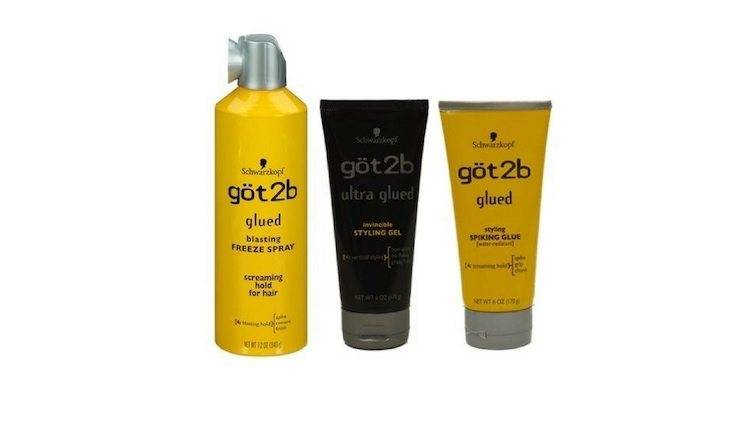
Bulk Human Braiding Hair
The bulk human braiding hair are exactly what the name says.
They are extensions that get installed by braiding into the hair.
Traditional, a weave style will either be glued, threaded or use clip-in hair extensions.
This method requires none of that. It looks just like the normal weft but at the top of the seam, it is about four inches of hair that gets braided into your hair, which holds the weft in place.
The hair also doesn’t shed since the loose braiding hair is secured tight on the weft.
Cornrows
A cornrow is a particular style where you are using your hands to gather hair in an upward and or continuous underhand motion that will produce a raised product on the scalp.
This method is the most common style when you’re prepping for a weave or wig. Depending on the weave style will determine which type of cornrow pattern you will need.

There are about six main braiding patterns that are most popular:
- Middle Part with 5x5 lace closure
- Middle part with leave-out
- Side Part with closure
- Side Part with leave-out
- Straight back braid down
- Vixen Sew In
If you’re having someone do your hair, most likely they will choose the braiding pattern that works best for them.
Lace Closures
A lace closure is typically a 4x4 or 5x5 hairpiece that is added to the top of the hair when doing a weave style. The hair is sewn onto a lace material and gets sewn into place.
The most popular types of lace for closures are HD Lace and Transparent Lace.
The 4x4 size was popular Pre-2020 and then in 2021 the 5x5 was a hit. Now that human hair weave is becoming more popular, hairstylists are realizing the benefits of a 6x6 or even 7x7 lace closure.
Because it’s a small hairpiece, you’re only able to part it in one section.

Crochet
Crochet is an installation method where the hair comes already styled and goes through a braid using a crochet hook or latch hook tool.
This method is by far one of the easiest styles to do and doesn’t take much time at all. This method does require your hair to get braided down.
Clip-in Hair Extensions
We are big fans of clip-ins!
Clip-in hair extensions are a piece of hair weft that has clips attached to them. The clips will appear to look like mini combs.
It’s applied by parting the hair in sections and gliding the comb piece through the hair and snapping it closed.
If you were looking for some quick extensions to have in for a few hours or a couple of days, try clip-ins.
Double Drawn Hair
Double drawn hair determines the thickness or thinness of the weft.
A double drawn weft is thick from the seam on down to the ends. This weft is the most popular.
Double drawn hair will allow your style to be full as well.

Full Weave
A full weave is when your entire head has extensions in it with none of your hair showing.
Most times people get their hair braided, and the hair they are using gets sewn in throughout the braid.
When people are looking for a protective style, they usually turn to a full weave since their hair is covered and will be able to grow underneath.
Full Lace Wigs
A full lace wig is a type of wig that has hair sewn into a lace cap. It’s the most secure natural wig you can find.
This type of wig also allows you to create parts on either side of the head and gives room for versatile hairstyles such as high ponytails or buns.
Lace Frontal
A lace frontal is typically a 13x4 hairpiece that is sewn in across the top of the head from ear to ear.
Of course, your friends at Private Label also offer the larger 13x6 HD Lace Frontals that offer a deeper parting space.
The tip of the frontal is a lace material, which normally gets glued down, so it’s extra secure. This frontal provides the most versatility for styling than the 4x4.

Fusion Hair Extensions
Fusion hair extensions are a method where the extensions are being bonded to the real hair by a square-shaped tip that holds the individual hairs together.
Once the hairpiece is around the real hair, a hot or cold melting connector softens the bond.
The stylist would then rub their fingertips around it to mold it in place.
Glue Gun
A glue gun is a hand tool that dispenses hot glue. Although this is a general household item, it’s also commonly used when making a wig.
When using a glue gun, the tracks will be glued and typically added on to a mannequin head for a wig.

Hand-tied weft
The hand-tied weft is another form of how a weft can come. If you were looking for a more natural look, this would be your best catch.
It gets applied closer to the scalp than a machine weft. Because this method is manual, it can be on the pricey side. Hand-tied weft also comes cut into sections instead of a long seam.
If the seam ever needs to be cut, it must be sealed afterward to keep the weft in place.
Leave Out
A leave out is when most of your hair has weave except only your edges are left out.
It’s common for people to leave out the perimeter of the hair or just the front edges. A lot of people suffer from loss of edges due to too much tension around their edges.
Of course, it’s a very sensitive area so you should always want to be careful regardless of the style.
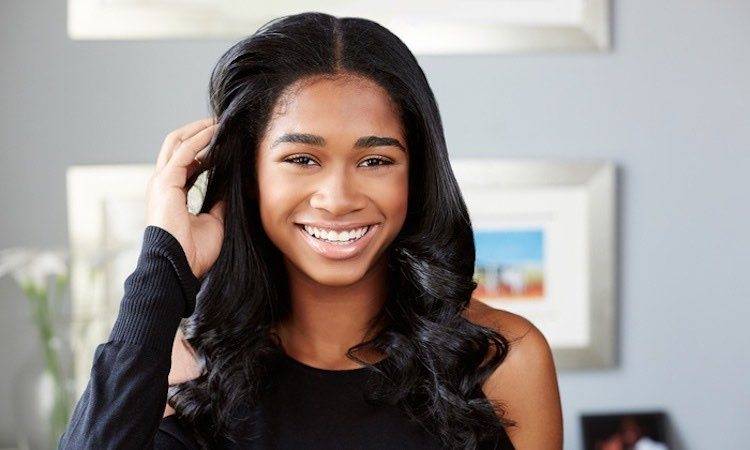
Lace Frontal Wig
A lace frontal is a wig that has lace material around the crown area.
This type of wig gives a very natural hairline appearance. Most times the lace needs to be cut and perfected, so it fits nicely around your head.
Lace front wigs often come with a 13x4 or 13x6 lace frontal and densities between 130% (natural) and 220% (extra thick).
Machine Weft
A machine weft is loose sections of hair that go through a triple-head sewing machine, which creates a curtain of hair with the seam on top.
When having a weave installed, most people use this type of weft. It’s also a cheaper option since a machine is creating the weft.

Needle & Thread
A needle and thread are tools used when sewing tracks through a braid, for a sew-in style. The needle is one that’s curved, and the thread is usually nylon.
A needle and nylon thread could also be used to secure the loose ends of a braid down before the desired weave style.
Partial Weave
A partial weave is when you have about half of your hair exposed, and the rest is a weave.
This style is common when you’re looking to add more volume or length to your hair. Your real hair is still braided just like the full weave just not the whole head.
Typically the braids are placed in the back of the head as well, although depending on the style you can have the braids anywhere.

Raw Hair
Raw hair is a type of hair that has all cuticles intact and is running in the same direction.
This hair is the highest quality you will find and will give you long-lasting wear since the cuticles are intact. Raw hair is also tangle-free.
The most well-know is Raw Indian Hair.
Single Drawn Hair
Single drawn determines the thickness or thinness of the weft. It has thicker hair at the roots and gradually thins towards the ends.
This option gives the ends of the hair a more natural look.
Track
A track is another word for a weft.
Some might ask whats the difference between a track vs weave. Have weave is another name for a hair bundle which is also called a track.
Because the hair is on a seam, it looks like a track of hair. It’s nothing more than an easier word to use when referring to weave.
Tape-In Extensions
Tape-in extensions are also commonly named the “sandwich” method. These extensions are pre-taped and get taped between your hairs.
It doesn’t require any chemicals or tools and can last for several months.

U-part Wig
A U-part wig is a U-shaped opening on a wig that fits into a U-shaped braided area that allows you to have the option of having a leave out or closure at the top.
It’s a more versatile look compared to a traditional wig.
Virgin Hair
Virgin hair is unprocessed human hair. What that means is any dyes, perms, bleaches or harsh washes haven’t altered it.
Virgin hair also comes from a single donor.
If you’re looking to color or bleach the hair yourself, then virgin hair is what you need. You can usually color virgin hair up to a 27 Honey Blonde.
Vixen Sew-in
A vixen sew-in is a method in which the hair gets divided into four sections.
Within those sections, tracks are sewn in. Typically tracks are sewn all over the head leaving you stuck with one sew-in style.
With a vixen sew-in, you can style and part your hair how you choose to without any tracks showing. It’s one of the newest and most versatile styles out.
Weft
A weft is a curtain of hair that has a seam at the top, which keeps the hair in place.
Whenever you are dealing with weaves or wigs, the hair will always come in the form of a weft.
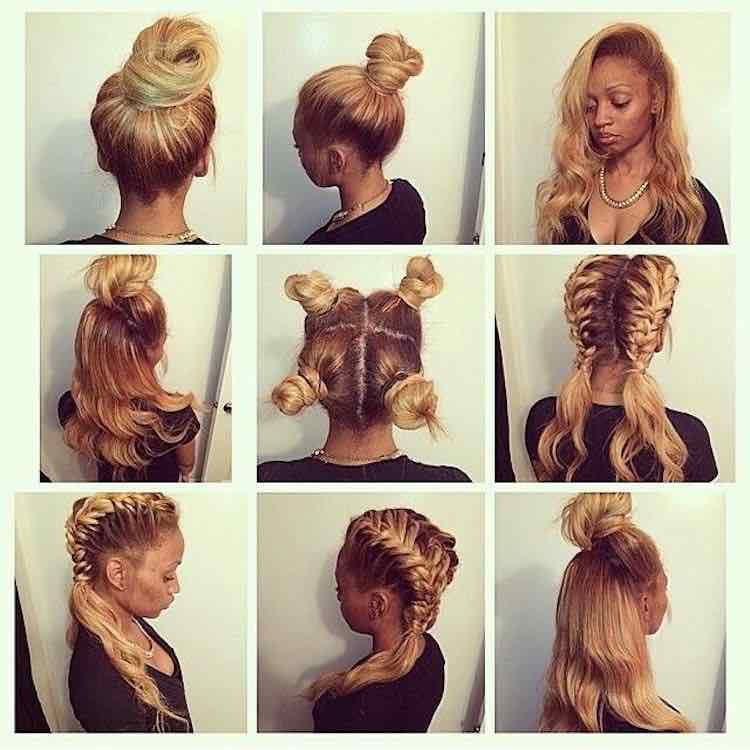
Weaving Cap
A weaving cap is a piece of fabric that covers your entire head and serves as a barrier between your hair, the weft, and glue.
You would mostly use this when getting a quick weave style since bonding glue would go on the tracks.
Private Label Hair
You didn't think we could write an article all about hair and not include us did you?
Private Label is your source for everything hair extensions, wigs, and weave! Based out of Atlanta we have served over 100,000 customers nationwide.
Feel free to stop by one of our Atlanta hair stores to see our weave products!
Fully Equipped
You should now know everything there is to know about weaves.
There shouldn’t be any more guessing or hoping your hairstylist is correct on the information they tell you.
Before you get your next weave you will now be educated on the types of hair you may be interested in, styles and methods.
The hair industry is changing at a rapid speed so I can only imagine how much this list will change within the next few years. But for now, this should be your ultimate weave glossary!
Now that you know about hair weave, you should probably learn about Lace Closure sizes and why they are important.
Tell me in the comment section if you learned anything new about weaves from the list!

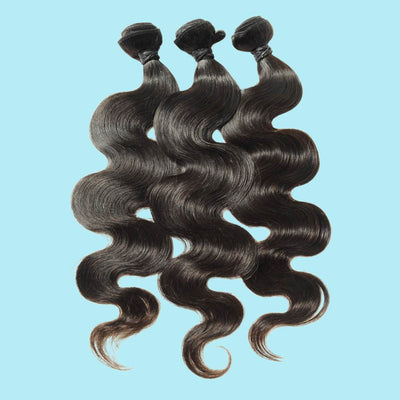
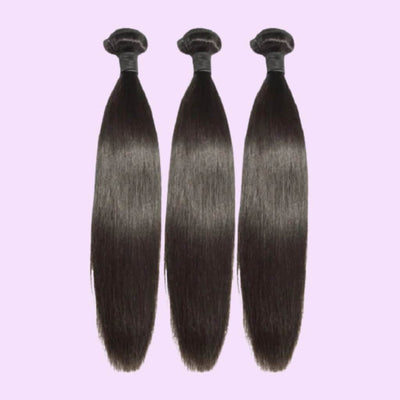
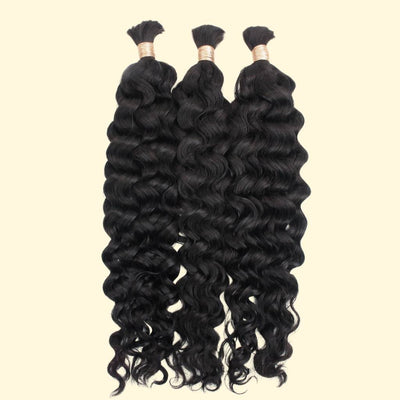
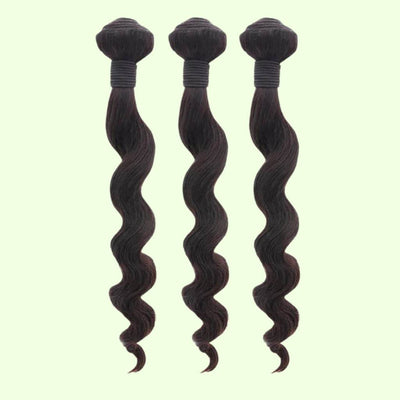
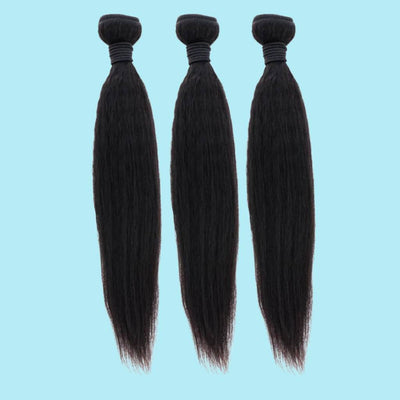
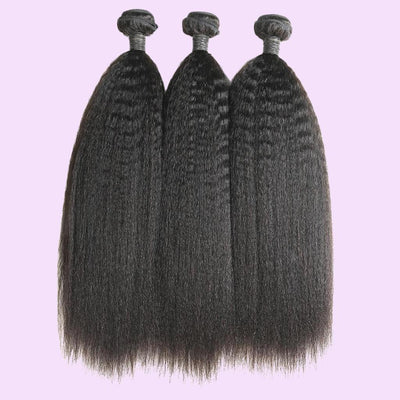
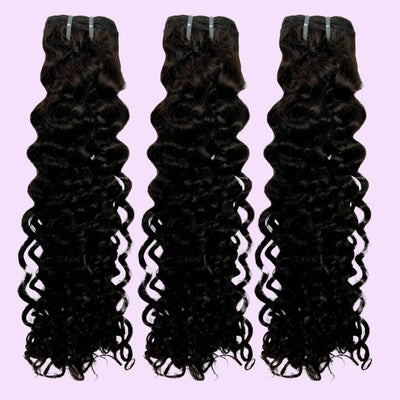
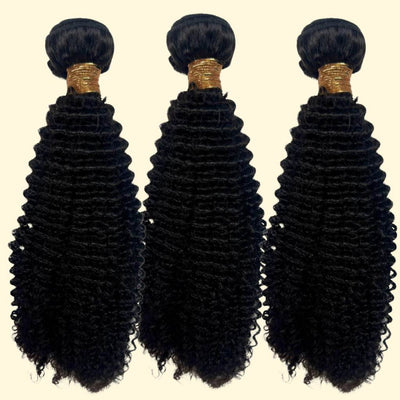

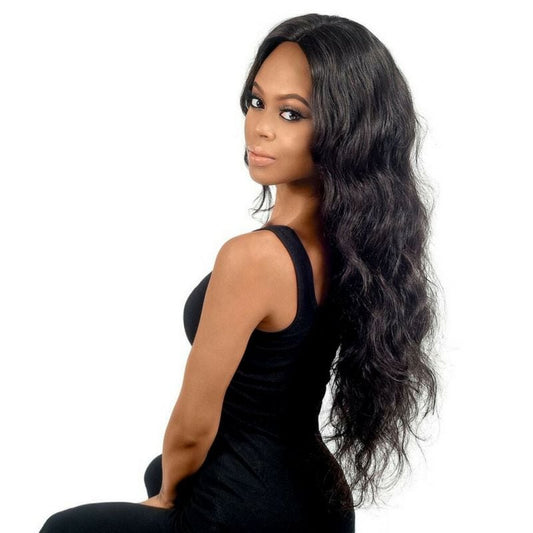
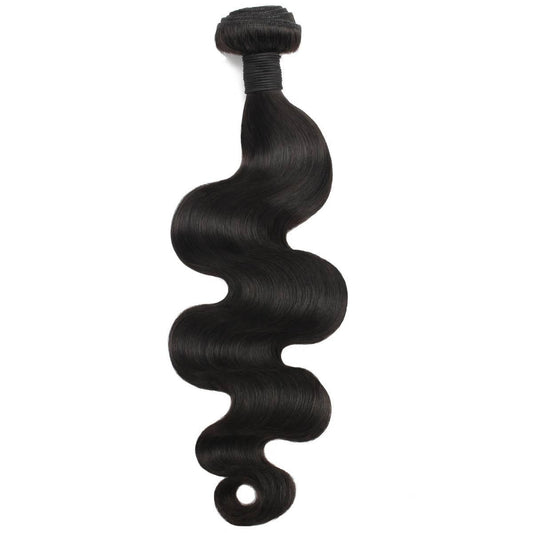
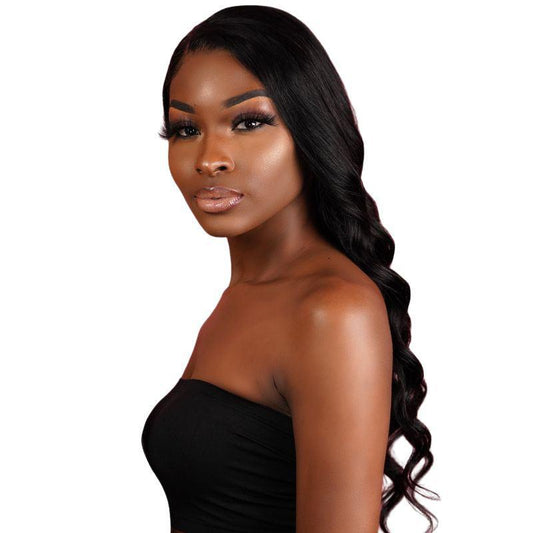
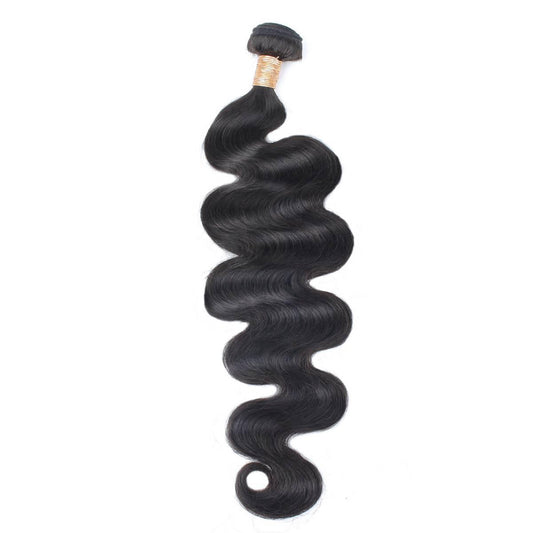
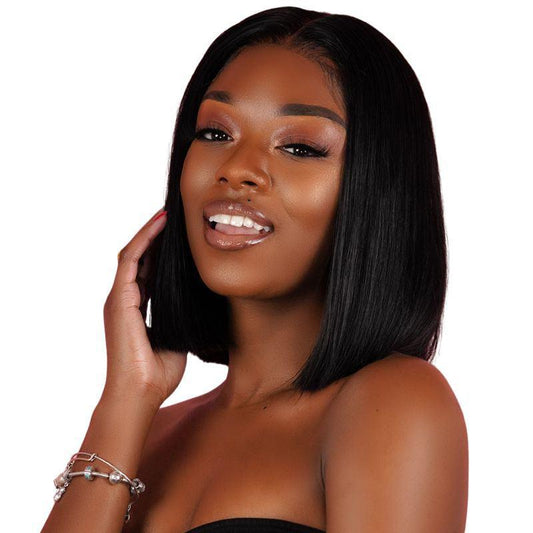
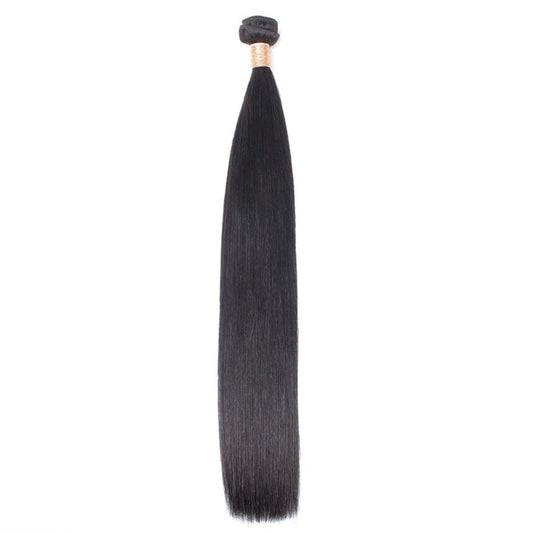
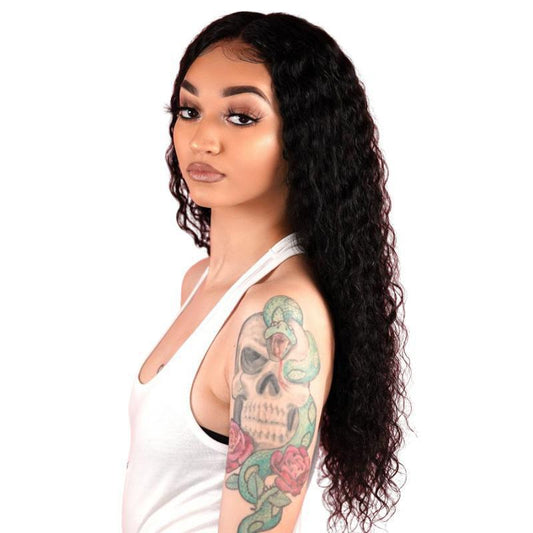
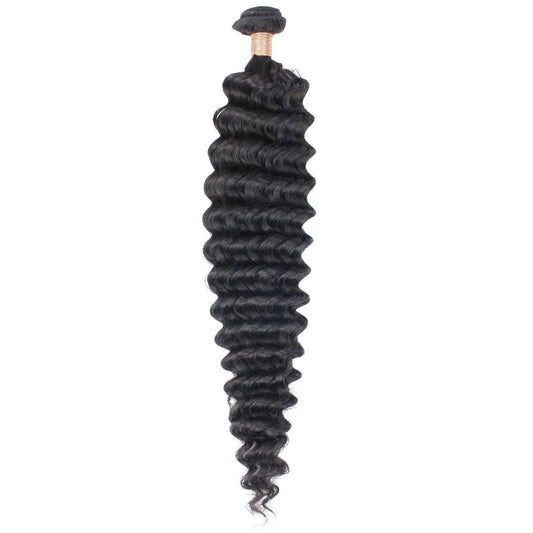
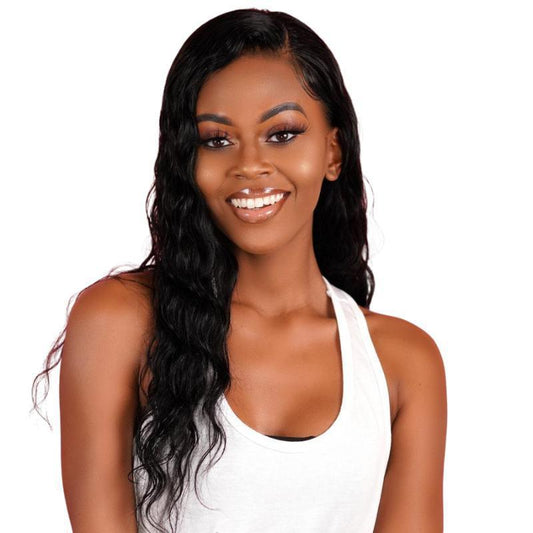
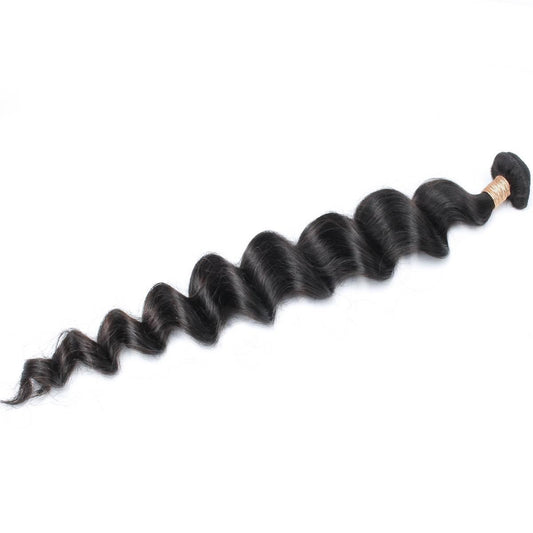
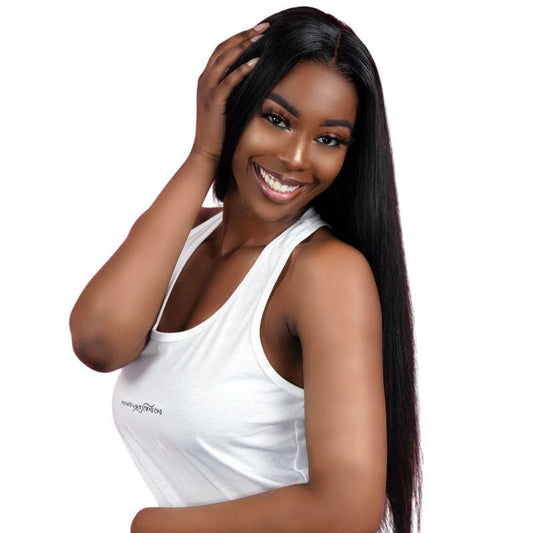
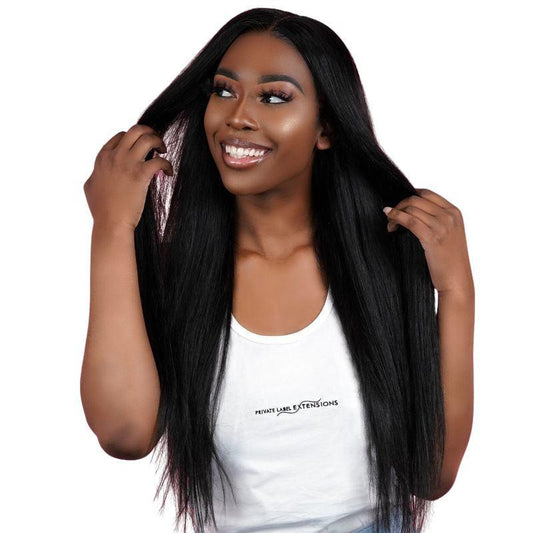
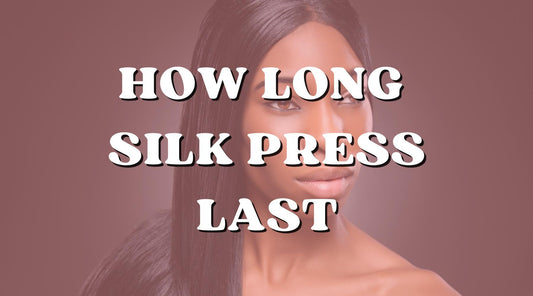
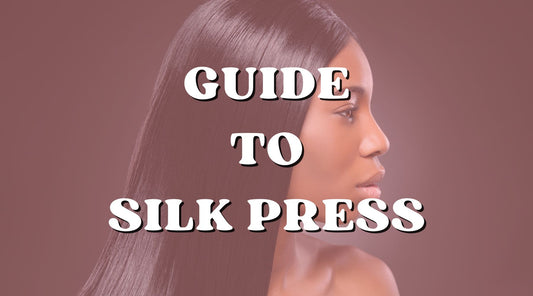
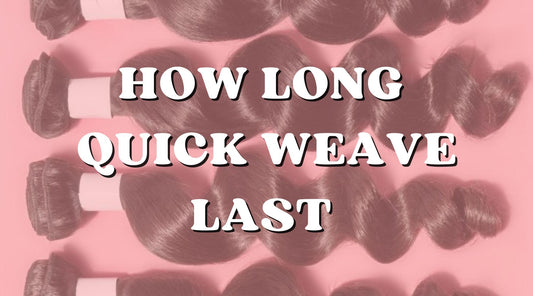
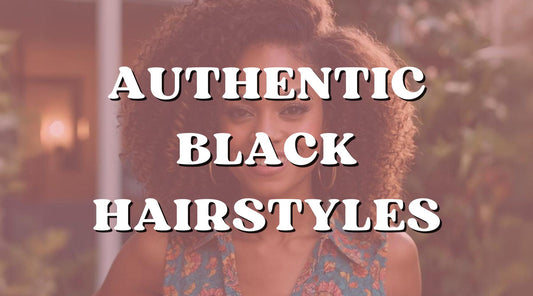
3 comments
Learning about raw hair and U-part wigs was eye-opening. Who knew there were so many options?
This is super informative! Are there any specific tips you would recommend for maintaining a lace frontal wig?
Great post! Can you explain the main differences between HD lace and transparent lace closures?